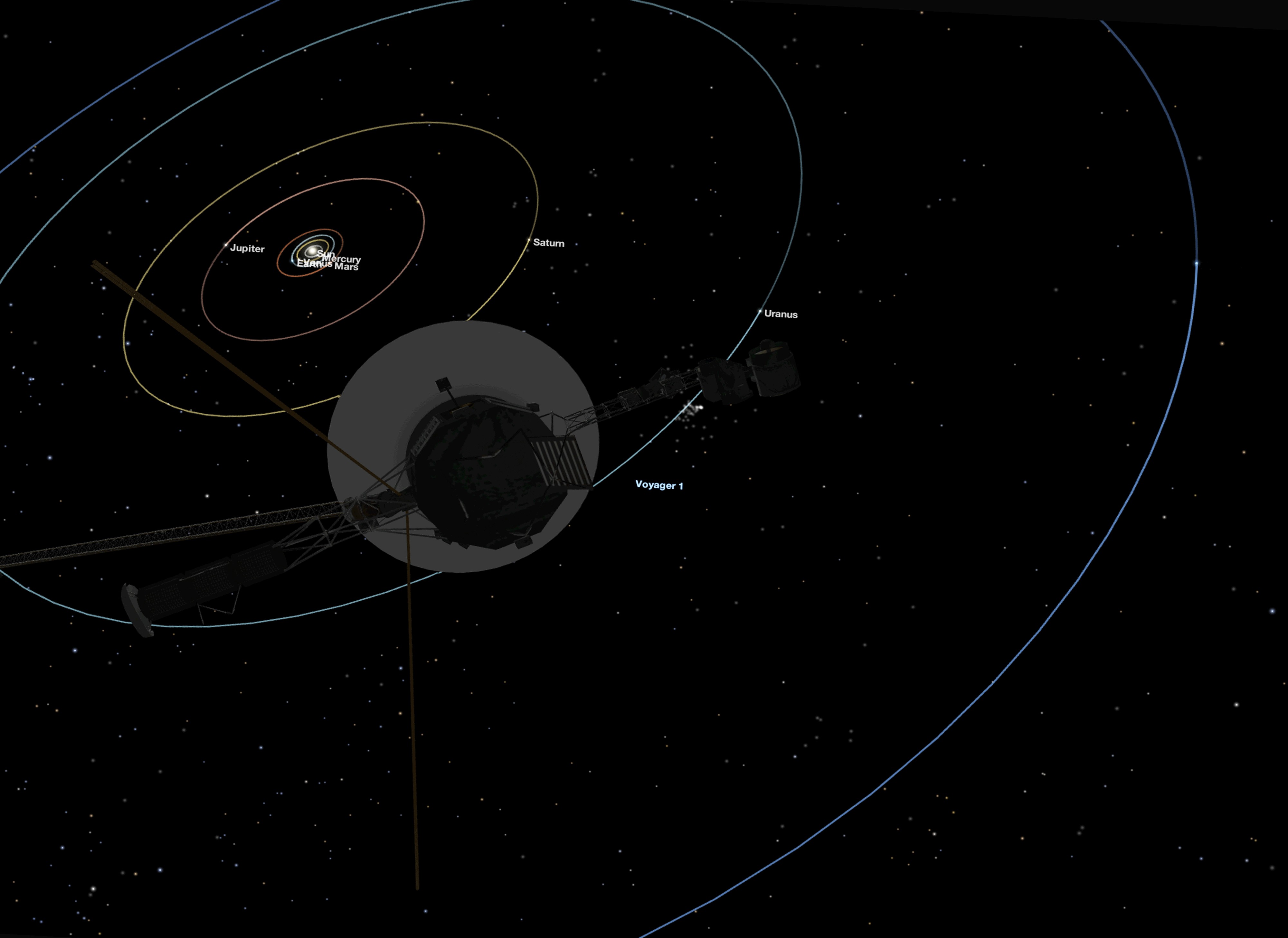What Is Our Solar System Called? This is a common question, and WHAT.EDU.VN is here to offer a comprehensive and easily understandable answer. Exploring the cosmos often starts with understanding our own cosmic neighborhood. Uncover the secrets of our stellar family and explore celestial systems with our expert guidance and discover the star system we live in.
1. Understanding the Name of Our Solar System
Our solar system doesn’t have a fancy, unique name beyond “the solar system.” The term “solar” comes from the Latin word “solis,” meaning Sun. Therefore, “solar system” simply refers to the system of objects orbiting our star, the Sun. It’s a descriptive name emphasizing our Sun’s central role.
 The Sun, the center of our solar system
The Sun, the center of our solar system
2. Components of Our Solar System
Our solar system is a vast and complex region of space. It is composed of various celestial bodies, all gravitationally bound to the Sun. These include:
- The Sun: A star at the center of our solar system, providing light and heat.
- Planets: Eight planets orbit the Sun: Mercury, Venus, Earth, Mars, Jupiter, Saturn, Uranus, and Neptune.
- Dwarf Planets: Smaller celestial bodies like Pluto, Ceres, Eris, Makemake, and Haumea.
- Moons: Natural satellites orbiting planets and dwarf planets.
- Asteroids: Rocky and metallic objects mainly found in the asteroid belt between Mars and Jupiter.
- Comets: Icy bodies that release gas and dust when they approach the Sun.
- Kuiper Belt Objects: Icy bodies beyond Neptune’s orbit, including Pluto.
- Oort Cloud: A hypothetical spherical cloud of icy bodies at the outer edge of the solar system.
- Interplanetary Medium: Sparse gas, dust, and charged particles filling the space between planets.
3. Location Within the Milky Way Galaxy
Our solar system resides in the Milky Way Galaxy, a barred spiral galaxy. Specifically, we are located in the Orion Arm (also known as the Orion Spur), a minor spiral arm between the Sagittarius and Perseus arms. The solar system orbits the galactic center at approximately 515,000 mph (828,000 kph), completing one orbit every 230 million years.
4. Size and Boundaries of Our Solar System
The size of our solar system is immense and extends far beyond the orbits of the planets. It is generally defined by the extent of the Sun’s gravitational influence.
- Kuiper Belt: A region beyond Neptune’s orbit containing icy bodies, including Pluto.
- Oort Cloud: A theoretical spherical cloud of icy bodies thought to be the source of long-period comets. It is estimated to extend up to 1.6 light-years from the Sun.
- Heliosphere: The bubble-like region created by the solar wind, extending out to the termination shock where it meets the interstellar medium.
5. Formation of Our Solar System
Our solar system formed approximately 4.6 billion years ago from a giant molecular cloud. The formation process likely involved:
- Cloud Collapse: A dense cloud of interstellar gas and dust collapsed, possibly triggered by a supernova.
- Solar Nebula: The collapsing cloud formed a spinning disk called a solar nebula.
- Sun Formation: Most of the mass concentrated at the center, eventually forming the Sun through nuclear fusion.
- Planet Formation: Dust and gas in the disk clumped together to form planetesimals, which then collided and merged to form planets, dwarf planets, and moons.
6. The Planets: A Closer Look
The eight planets in our solar system are diverse in size, composition, and characteristics:
- Mercury: The smallest and innermost planet, with a heavily cratered surface.
- Venus: A hot, dense planet with a toxic atmosphere and volcanic activity.
- Earth: Our home planet, with liquid water, a breathable atmosphere, and diverse life.
- Mars: A cold, desert planet with evidence of past liquid water and potential for past or present microbial life.
- Jupiter: The largest planet, a gas giant with a strong magnetic field and numerous moons.
- Saturn: Known for its prominent rings made of ice and rock particles.
- Uranus: An ice giant that rotates on its side.
- Neptune: A cold, blue ice giant with strong winds and a dynamic atmosphere.
7. The Quest for Life Beyond Earth
While Earth is the only known planet to harbor life, the search for extraterrestrial life continues within our solar system and beyond. Scientists are exploring:
- Mars: Evidence of past liquid water raises the possibility of past microbial life.
- Europa: Jupiter’s moon, with a subsurface ocean that could potentially support life.
- Enceladus: Saturn’s moon, with geysers erupting from a subsurface ocean, indicating potential habitability.
- Exoplanets: Planets orbiting other stars, some of which may have conditions suitable for life.
8. Exploring the Mysteries of Space
Space exploration has provided invaluable insights into our solar system and the universe beyond. Missions like Voyager, Cassini, and New Horizons have expanded our knowledge and raised new questions. Future missions aim to:
- Search for life: Explore potentially habitable environments on Mars, Europa, and other celestial bodies.
- Study exoplanets: Characterize the atmospheres and surfaces of exoplanets to assess their habitability.
- Investigate the early solar system: Analyze asteroids and comets to understand the building blocks of planets.
- Unravel the mysteries of dark matter and dark energy: Probe the fundamental nature of the universe.
9. Structure and Arrangement: Why Are Planets Where They Are?
The arrangement of planets in our solar system isn’t random. It’s a result of the conditions during its formation.
- Inner, Rocky Planets: Close to the Sun, only rocky materials could withstand the high temperatures. This led to the formation of Mercury, Venus, Earth, and Mars – the terrestrial planets.
- Outer, Gas and Ice Giants: Further out, it was cool enough for gases and ice to condense. Gravity pulled these materials together, creating Jupiter, Saturn, Uranus, and Neptune.
10. FAQ: Common Questions About Our Solar System
| Question | Answer |
|---|---|
| What is the largest object in our solar system? | The Sun is by far the largest object, containing over 99.8% of the solar system’s total mass. |
| How many planets are in our solar system? | There are eight recognized planets: Mercury, Venus, Earth, Mars, Jupiter, Saturn, Uranus, and Neptune. |
| What is the farthest known object from the Sun? | The Oort Cloud is the most distant region, though its existence is theoretical. The farthest confirmed object is likely a scattered disc object. |
| Is Pluto still considered a planet? | No, Pluto is classified as a dwarf planet since 2006. It meets most criteria for a planet but hasn’t cleared its orbital path of other objects. |
| What protects our solar system from cosmic rays? | The Sun’s heliosphere (the bubble created by the solar wind) and Earth’s magnetic field help shield our solar system and planet from harmful cosmic rays. |
| How fast does light travel from the Sun to Earth? | It takes approximately 8 minutes and 20 seconds for light to travel from the Sun to Earth. |
| What is the asteroid belt? | It’s a region between Mars and Jupiter containing a vast number of asteroids (rocky and metallic debris). It represents material that never coalesced into a planet during the solar system’s formation. |
| What is a comet made of? | Comets are often described as “dirty snowballs.” They consist of ice, dust, rock, and frozen gases like carbon dioxide, methane, and ammonia. |
| Are there other solar systems like ours? | Yes, countless other star systems exist in our galaxy and beyond. Many have been discovered with planets (exoplanets) orbiting other stars. |
| What is the most explored planet besides Earth? | Mars has been the focus of extensive exploration due to its potential for past or present life. Numerous rovers, landers, and orbiters have studied its surface and atmosphere. |
Exploring the cosmos is a fascinating journey, and understanding our solar system is the first step. With WHAT.EDU.VN, you can delve deeper into the mysteries of space, learn about the planets, and discover the wonders of our celestial neighborhood.
Do you have more questions about space, astronomy, or anything else? Visit what.edu.vn today at 888 Question City Plaza, Seattle, WA 98101, United States, or contact us via Whatsapp at +1 (206) 555-7890. Our team of experts is ready to provide you with free answers and guidance. Don’t hesitate – ask your questions and expand your knowledge!
